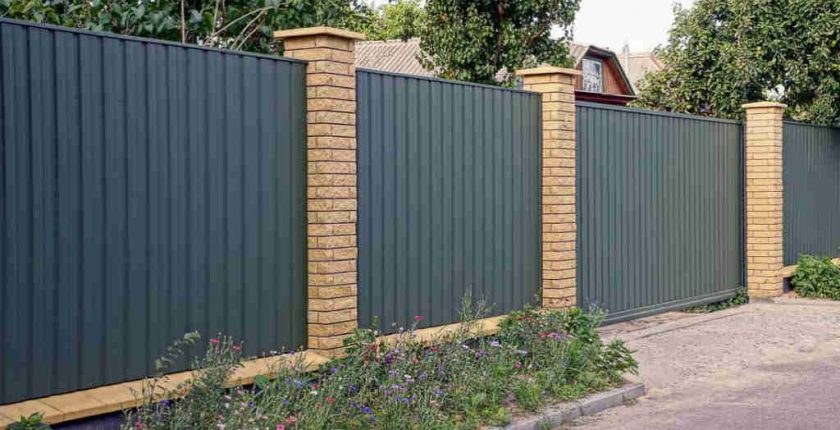Fencing is a mandatory practice in most corporate settings, although many businesses do not give it the importance it requires. Even when it comes to residential properties, fencing is advisable. In most cases, the aid of an expert is sought for the setting up of the fence. However, there are some of us who prefer to do it on our own, only ensure that you adhere to the Building Act QLD. Whichever side of the shore you belong to, it is a good idea to learn about the common mistakes in fencing, so that you can avoid making them. Also, it serves as a good set of pointers.
Explained below are some of the most common mistakes made in the art of fencing.
- Spacing the posts and poles – One the primary disadvantages of using too few posts is that the space between two adjacent pieces ends up being too high. This results in defeating the entire purpose of fencing, which is to offer security to the property that is fenced. Spacing them too close together will give the appearance of imprisonment. The key is to space them right, perhaps around fifty feet apart. This way, they aren’t too close or too far apart. Balance is of primary importance here. You can even use a ‘stay,’ which is a post that is placed on the ground in order to support the wires.
- Taking care of the roots – The fence needs to be firmly implanted and grounded. Otherwise the entire thing will collapse in a few days or weeks. Sometimes, the security fencing may not even last a few hours. Ideally, about one-third of the post or pole needs to be inserted into the earth in order to offer a strong and reliable foundation. An easy way to test the firmness of the implantation is to manually shake them up. If they withstand the pressure, you’re probably good to go. You can also use cross posts to add greater support. These can be placed horizontally across two or more poles.
- Wrongly sized corner posts – Corner posts hold the fence together, and a weak link could be disastrous. Size is of critical importance, irrespective of the type of fencing you use – barbed wire, electric, wooden, metallic, or woven wire. Another common mistake that people can make with their corner posts is not anchoring them firmly into the soil. This is especially vital if the soil is soft or slippery, or consists of loose and sandy particles, as the natural property of the soil to hold the post together will be lost in these cases. Ideally, the posts should be as deep in the ground as the height of the top wire, or more.
- Charting the boundary right – This mistake can cost you a lot, if you over-calculate your boundary and extend into another person’s territory. There can be legal issues, fines, and penalties as well. Under-calculations will result in other problems such as loss of space. Either way, you will stand to lose. Therefore, the first step to take in fencing is to chart the boundary right. Double check to make sure you got it right the first time, take a photographic proof if necessary, and place land markers at regular intervals so that you do not make an error when you are in the process of laying down the fence.




